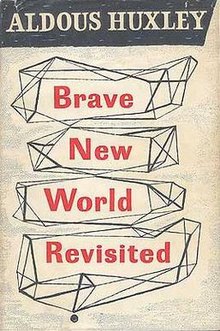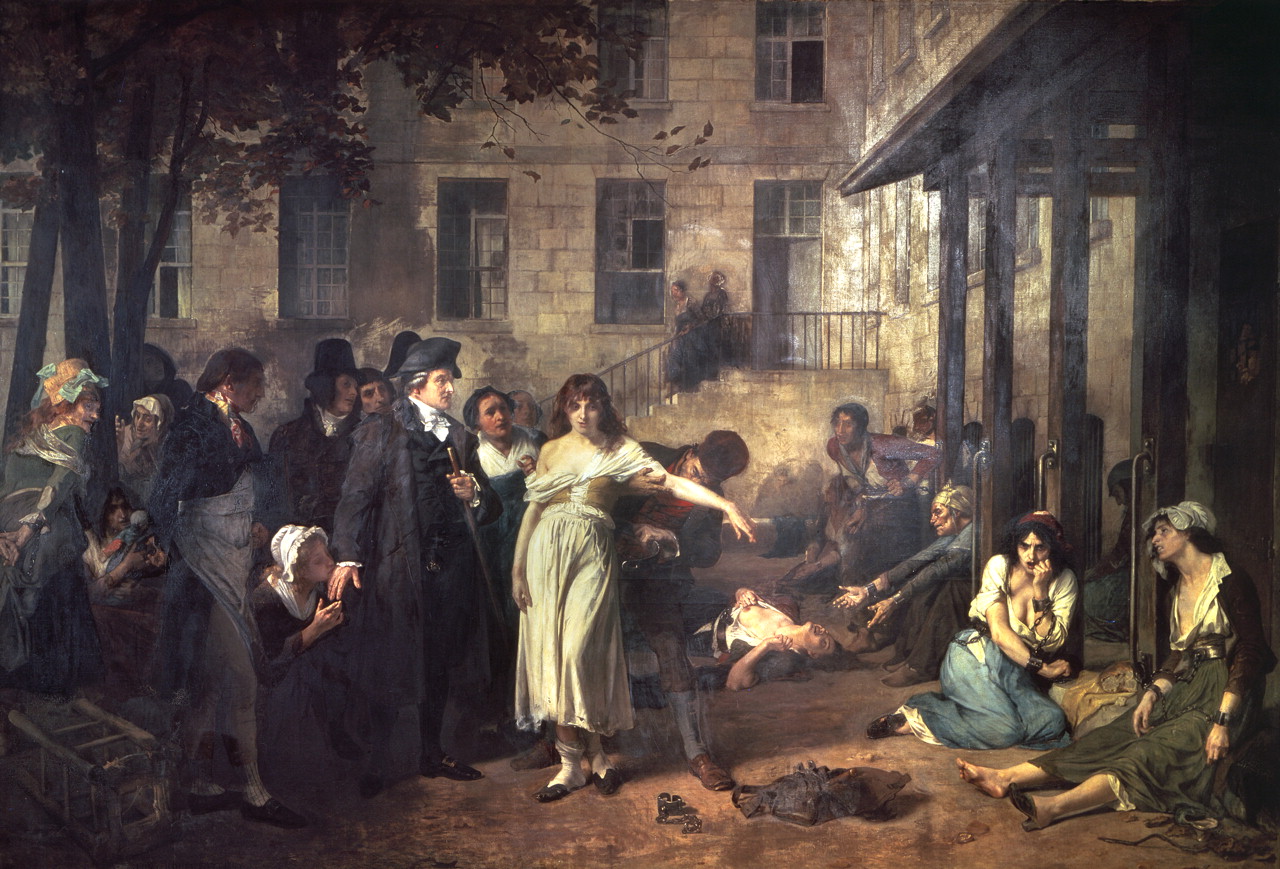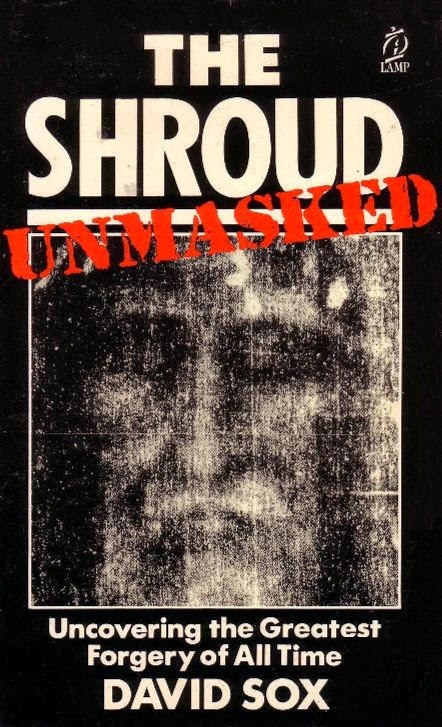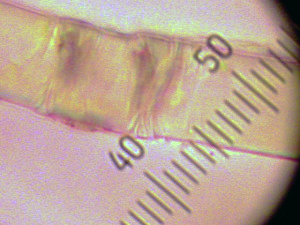To contextualise this series about psychiatry, see: here. Below, an abridged translation of a chapter of one of the books that I wrote at the beginning of the century:
The profession originated during the industrial revolution as a method of bypassing legal restraints on the incarceration of homeless street people. State mental hospitals, within which the profession originated, were lockups for the poor […].
By the 1930s these giant lockups, which shoved the problem of poverty under the institutional rug, had become too large and unmanageable. Lobotomy and various shock “therapies” were developed for subduing the inmates. In the 1950s, drugs were developed that induce chemical lobotomies. [1]
In addition to eliminating bibliographic references, in the following paragraphs the quotation marks on the word “schizophrenia” are mine. And just as I did with Arieti’s quotations, to avoid psychiatric Newspeak I took liberties to replace other mentions of that word with the word “insanity”, placing brackets on it:
The neuroleptic drugs have gradually become promoted as agents with a specific “antipsychotic” effect on “schizophrenic” symptoms. Meanwhile, psychosocial approaches have fallen into disrepute among many psychiatrists. Patients have been instructed to remain on neuroleptics for a lifetime and told that it was safe to do so. The public was told that the “miracle” drugs had emptied the hospitals and returned millions of patients to normal lives.
The reality. In 1973, psychiatrist George Crane gained the attention of the medical community by disclosing that many, and perhaps most, long-term neuroleptic patients were developing a largely irreversible, untreatable neurological disorder, tardive dyskinesia. The disease, even its mild form, is often disfiguring, with involuntary movements of the face, mouth or tongue. Frequently, the patients grimace in a manner that makes them look “crazy”, undermining their credibility with other people. In more severe cases, patients become disabled by twitches, spasms, and other abnormal movements of any muscle groups, including those of the neck, shoulders, back, arms, legs, and hands and feet. The muscles of respiration and speech can also be impaired. In the worst cases, patients trash about continually.
The rates of tardive dyskinesia are astronomical. The latest estimate from the American Psychiatric Association indicates a rate for all patients of five percent per year, so that 15 percent of patients develop tardive dyskinesia within only three years […].
There are no accurate surveys of the total number of patients afflicted with tardive dyskinesia. There are probably a million or more tardive dyskinesia patients in the United States today, and tens of millions have been afflicted throughout the world since the inception of neuroleptic treatment. Despite this tragic situation, psychiatrists too often fail to give proper warning to patients and their families. [And when TD appears] often psychiatrists fail to notice that their patients are suffering from tardive dyskinesia, even when the symptoms are flagrant.
In 1983 I published the first in-depth analysis of the vulnerability of children to a particularly virulent form of tardive dyskinesia that attacks the muscles of the trunk, making it difficult for them to stand or walk. This is now an established fact. In the same medical book, I offered the first detailed documentation showing that many or most tardive dyskinesia patients also show signs of dementia—an irreversible loss of higher brain and mental function. Indeed, it was inevitable that these losses would occur. The basal ganglia, which are afflicted in tardive dyskinesia, are richly interconnected with the higher centers of the brain, so that their dysfunction almost inevitably leads to disturbances in cognitive processes. Since my observations, a multitude of studies have confirmed that long-term neuroleptic use is associated with both cognitive deterioration and atrophy of the brain […].
Shocking as it may seem, this brief review can only scratch the surface of neurological disorders associated with these drugs, let alone the vast number of other potentially serious side effects. For example, in a small percentage of patients the neuroleptic reaction goes out of control, producing neuroleptic malignant syndrome. The disorder is indistinguishable from an acute inflammation of the brain comparable to lethargic encephalitis and can be fatal.
Given that these are exceedingly dangerous drugs, what about their advantages? How do they “work”? It is well known that these drugs suppress dopamine neurotransmission in the brain, directly impairing the function of the basal ganglia and the emotion-regulating limbic system and frontal lobes and indirectly impairing the reticular activating system as well. The overall impact is a chemical lobotomy—literally so, since frontal lobe function is suppressed. The patient becomes de-energized or de-enervated. Will or volition is crushed, and passivity and docility are induced. The patient complains less and becomes more manageable. Despite the claims for symptom cure, multiple clinical studies document a non-specific emotional flattening or blunting effect.
This cannot but remind me Giovanna’s already quoted words to me and Luisa about her group-therapy mate: “Claudia is very sluggish”: another of Amara’s victims. [Note of 2019: the anecdote appears in another chapter of my book in Spanish. All of them were white girls by the way, that I met in 1976.]
There is no significant body of research to prove that neuroleptics have any specific effect on psychotic symptoms, such as hallucinations and delusions. To the contrary, these remain rather resistant to the drugs. The neuroleptics mainly suppress aggression, rebelliousness, and spontaneous activity in general. This is why they are effective whenever and wherever social control is at a premium, such as in a mental hospital, nursing homes, prisons, institutions for the persons with developmental disabilities, children’s facilities and public clinics, as well as in Russian and Cuban psychiatric political prisons. Their widespread use for social control in such a wide variety of people and institutions makes the claim that they are specific for “schizophrenia” ridiculous. (They are even used in veterinary medicine to bend or subdue the will of animals. When one of our dogs was given a neuroleptic for car sickness, our daughter observed, “He’s behaving himself for the first time in his life”.)
The fact that neuroleptics are used to tame animals discredits so completely the theory that these drugs have a specific “antipsychotic” effect that these veterinarian data are withheld for the young students of medicine and psychiatry.[2]
That is a very important piece of info. Breggin continues:
But isn’t [insanity] a biochemical and genetic disease? In reality, there’s no convincing evidence that [insanity] is a biochemical disorder. While there are a host of conjectures about biochemical imbalances
These conjectures refer precisely to the “negative chemical imbalances” that, with a potent neuroleptic, Amara wanted to “remove” from Claudia’s body without any physical proof of their existence.
the only ones we know of in the brains of mental patients are those produced by the drugs. Similarly, no substantial evidence exists for a genetic basis of “schizophrenia”. The frequently cited Scandinavian genetic studies actually confirm an environmental factor while disproving a genetic one. Such conclusions may seem incredible to readers who have been bombarded with psychiatric propaganda, and I can only hope they will personally review the literature and read Toxic Psychiatry[see “Suggested readings” at the end of this book] for review and analysis. But even if [insanity] were a brain disease, it would not make sense to add further damage and dysfunction by administering neuroleptics.
If the neuroleptics are so dangerous and have such limited usefulness, and if psychosocial approaches are relatively effective, why is the profession so devoted to the drugs? The answer lies in maintaining psychiatric power, prestige, and income. What mainly distinguishes psychiatrists from other mental health professionals, and of course from non-professionals, is their ability to prescribe drugs. To compete against other mental health professions, psychiatry has wed itself to the medical model, including biological and genetic explanations, and physical treatments. It has no choice: anything else would be professional suicide […].
After falling behind economically in competition with psychosocial approaches, psychiatry formed what the American Psychiatric Association now admits is a “partnership” with the drug companies. Organized psychiatry has become wholly dependent for financial support on this unholy collaboration with the pharmaceutical industry. To deny the effectiveness of drugs or to admit their dangerousness would result in huge economic loss on every level from the individual psychiatrist who makes his or her living prescribing medication, to the American Psychiatric Association which thrives on drug companies largesse.
If neuroleptics were used to treat anyone other than mental patients, they would have been banned a long time ago. If their use wasn’t supported by powerful interest groups, such as the pharmaceutical industry and organized psychiatry, they would be rarely used at all. Meanwhile, the neuroleptics have produced the worst epidemic of neurological disease in history. At least, their use should be severely curtailed. [3]
In 1995 I came across Claudia with her parents in the Carrillo Gil Museum in Mexico City. Already in her thirties she told me she was studying the Open High School—at this time of day.
Sometimes I wonder how many more youngsters Amara has destroyed. Cases like Claudia’s, and according to Breggin many more around the world—about 250 to 300 million persons have been given neuroleptics [4]—, show why Jeffrey Masson wants a trial for every psychiatrist who has ruined a life. [5]
___________
[1] Peter Breggin, Beyond conflict (op. cit.), p. 150.
[2] Toxic psychiatry (op. cit.), p. 58.
[3] This article, “Should the use of neuroleptics be severely limited?”, was originally published in Stuart Kirk and Susan Einbinder (eds.) Controversial issues in mental health(Allyn & Bacon, 1993), and can be read uncut in the author’s website (www.breggin.com/neuroleptics).
[4] Toxic psychiatry (op. cit.), p. 90.
[5] Masson said this in the talk show Geraldoof 30 November 1990.
______ 卐 ______
Liked it? Take a second to support this site.








